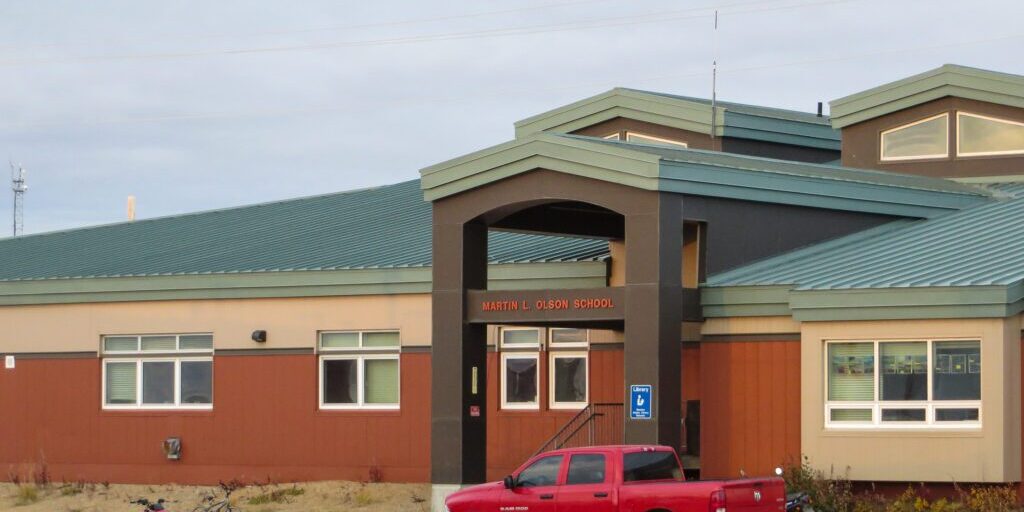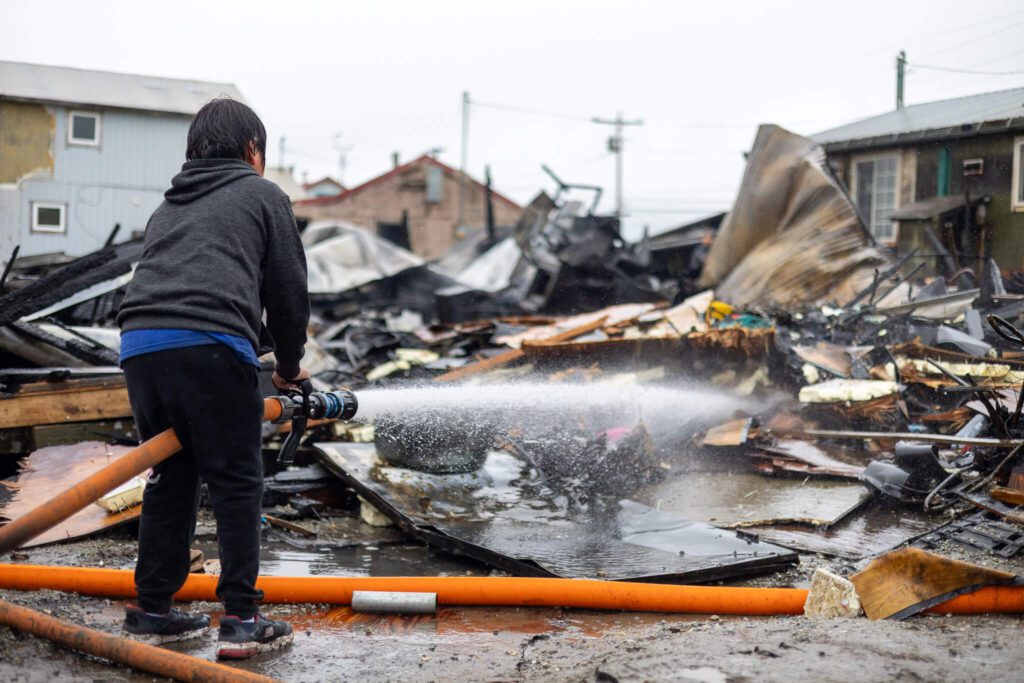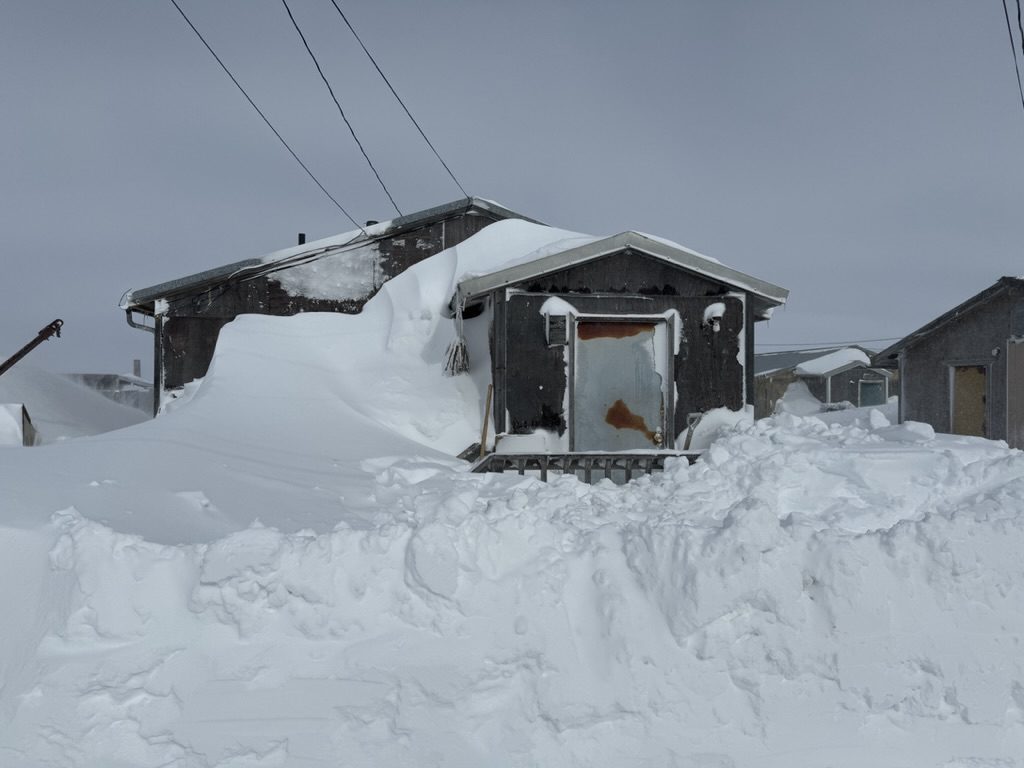The Bering Strait School District has received a distance-learning grant — worth nearly $500,000 — from USDA Rural Development. The money will go towards replacing outdated video conferencing equipment at all BSSD schools and the district office in Unalakleet.
“Basically, our conferencing equipment is extremely old,” said Carolyn Heflin, the director of curriculum and instruction at BSSD. “It’s the equivalent of having a 15-year-old cell phone.”
Heflin worked with the district’s technology team to apply for the USDA funding, which helps rural communities purchase telemedicine and distance-learning equipment.
For BSSD, which has 15 schools spread across the region, Heflin said video conferencing plays a critical role in staff development and student course offerings. The equipment brings school leaders together for monthly meetings, letting teachers and administrators in Shishmaref, for instance, connect with their counterparts in Savoonga — more than 200 miles away.
The technology also helps the district deliver more electives. With the new equipment, Heflin said BSSD will be able to offer education classes for high schoolers who are considering careers in teaching. She said the district will also be able to expand an art program — piloted this year — aimed at “bringing artists via long-distance to our schools.”
“Right now, for instance, we have Ryder Erickson. He grew up in Unalakleet. He’s currently in Wasilla, and he is actually teaching Diomede students long-distance on how to paint,” said Heflin.
The USDA grant will also cover the installation of a video conferencing bridge at BSSD’s district office, which Heflin said will cut down on costs.
“In the past, our bridge has been with GCI remotely in Anchorage. So that saves our district a little over $100,000 each year, by housing our own bridge here in Unalakleet,” she said.
With the grant won, Heflin said it should be a straightforward process to purchase and install the new equipment soon. She said the district will finalize equipment orders next week, and the new technology should be up and running no later than February.







